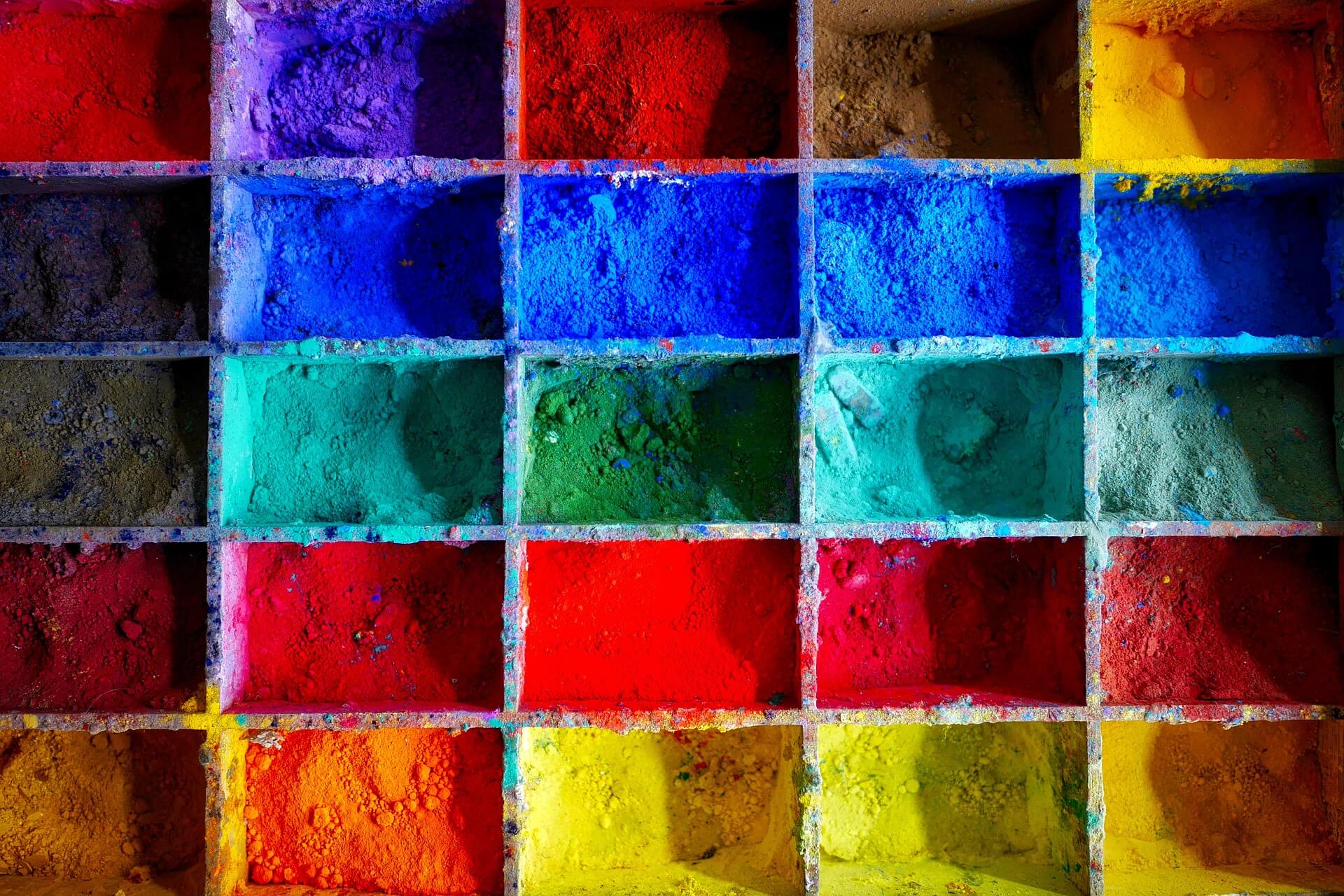
January 15, 2025
How are the bright colors of enamel signs created
Enamel signs are fascinating because of their vibrant and long-lasting colors, which hardly fade even after decades of outdoor exposure. But how do these brilliant hues actually come about? The answer lies in a special manufacturing process that combines glass, minerals, and high temperatures.
The basis: glass and metal oxides
The colors of enamel signs aren't created by simple color pigments, but by a mixture of powdered glass, also called frit, and special metal oxides. These metal oxides are responsible for the various hues. For example, cobalt oxide creates an intense blue, chromium oxide creates rich green, and iron oxide creates warm red tones.
The interaction of glass and metal oxides
When heated in the kiln, the glass particles fuse with the metal oxides. The high temperatures of approximately 800 to 900 degrees Celsius melt the glass and permanently bond the color pigments to the metal surface. This fusion creates a smooth, shiny, and durable color layer that not only looks beautiful but is also extremely weather-resistant.
Why are the colors so bright?
The luminosity of the colors is created by the transparent glass mass, which reflects and refracts light. The metal oxides in the glass mass absorb and reflect the light in a way that gives the colors their special intensity. Unlike conventional lacquer paints, the light penetrates the glass structure and is reflected multiple times, giving the colors an almost three-dimensional depth and an incomparable brilliance.
The burning process as key
The firing process is crucial for the color quality. Each color is applied in several layers and fired at high temperatures. This process combines the glass and color pigments into a homogeneous layer. The sequence of colors and precise temperature control are important to avoid color changes or blistering. Only through this precise handcrafting process do the typical vibrant colors of the enamel signs emerge.
Conclusion
The vibrant colors of enamel signs are the result of a fascinating interplay of glass, mineral metal oxides, and high temperatures. The fusion of these materials creates a brilliant, durable surface that makes colors radiant and retains them unchanged for many years. This traditional craftsmanship makes enamel signs unique works of art with unparalleled color intensity.
I hope this post gives you an exciting insight into the creation of the colorful world of enamel signs!






